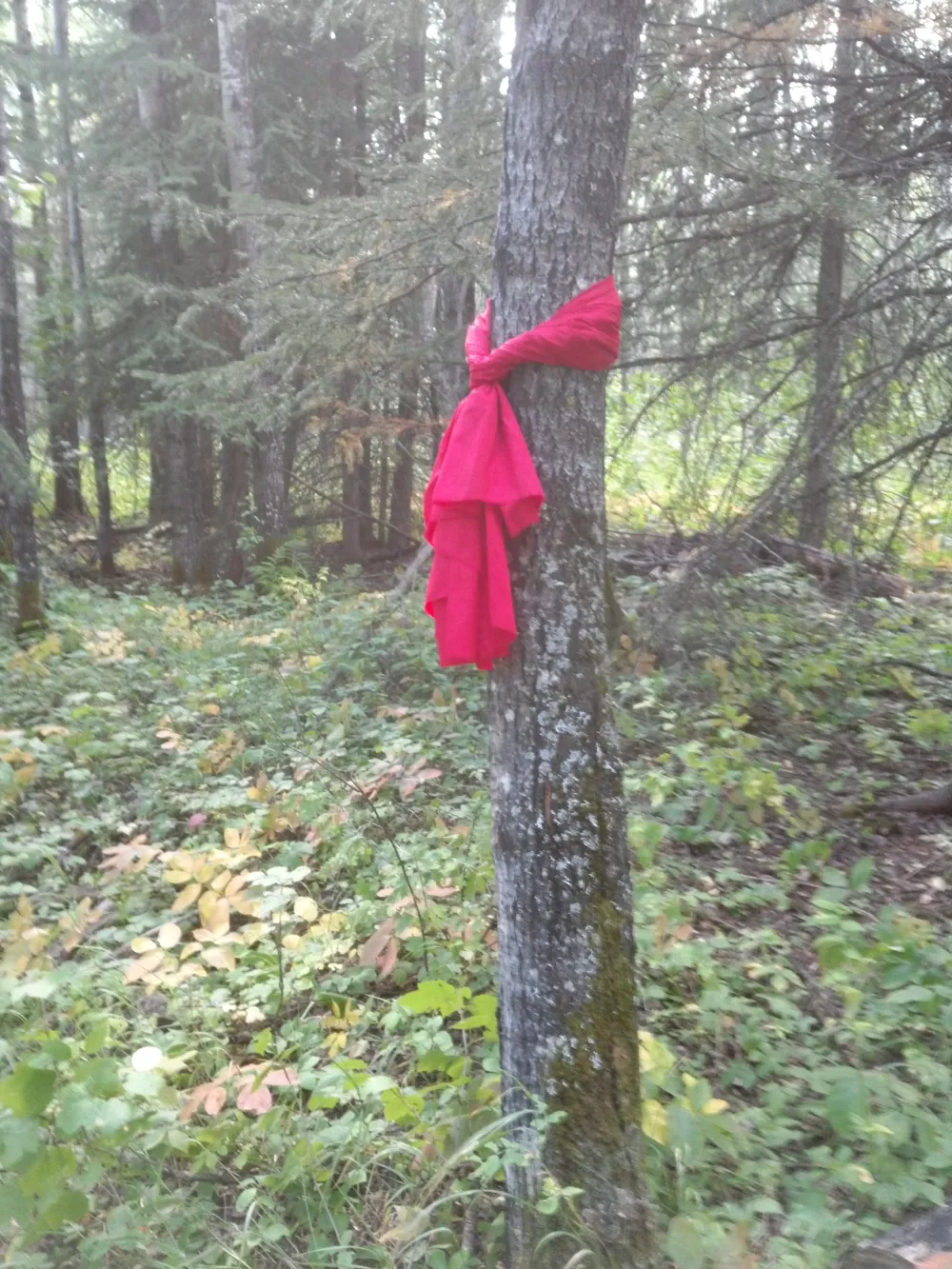Swan River Traditional Use Preserve
Perhaps the most important work that Swan River has undertaken in the last several years has been the identification and protection of the area referred to by the Nation as the Swan River Traditional Use Preserve. This work spans at least the past three councils as former leaders carried out studies to become more informed on the health and availability of our traditional territory and resources such as game animals, water, and fish. There was a specific study done to determine where, near our reserves, were the most accessible places to meaningfully practice treaty and aboriginal rights. In the map below you can see the area that the study showed to be the most untouched and likely to sustain the animals, plants, and land that our rights are founded on.
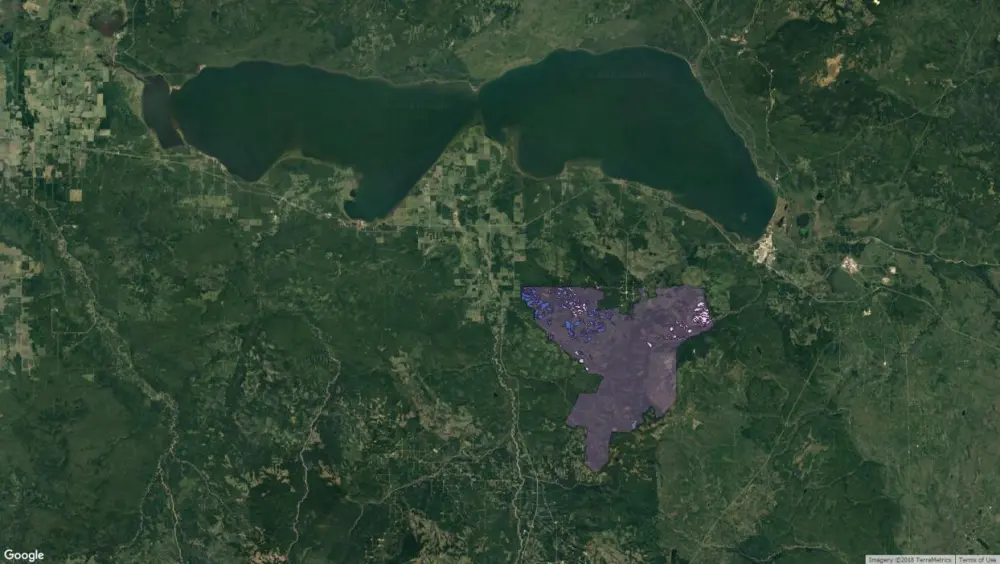
The last Council, the consultation department, and members who are consistent land users decided to recognize this area as an area to preserve for the continued use of our rights. We lobbied different levels of government to recognize the area as well. These efforts were not responded to in any substantial way and in 2015-16 West Fraser began logging operations in the preserve. Swan River First Nation members asserted their right to camp and hunt in this area and placed the area under controlled access to ensure the safety of our members who were using the area to practice their rights.
The council and the consultation department pursued an agreement with West Fraser that would allow the continued use of the area for members to practice their culture to the fully which is something that is becoming increasingly rare. Each individual member has a set of rights that are meant to allow for them to live as if the treaty never happened. They have the right to be fully indigenous on the land. No vehicles passing by, no companies spraying chemicals, no disturbance of our traditional practices. West Fraser, Aspen Leaf, Vanderwell, and Black Pearl have all agreed to respect the preserve boundaries even though those companies all have mineral or timber rights within the preserve. As much as it is possible today, the work of all those involved over the years of studying, establishing, and protecting this traditional use preserve have provided the continued practice of rights for our members.
We have established one camp with two cabins on the northwestern edge of the preserve and another by a creek in the lowlands. We have used the first camp for a fall hunting camp, for consultation purposes, and have done a study of the grizzly population in the area. Below are some photos of the area. As you can see, logging blocks are still marked out from three years ago that have never been touched. Our own flags also mark spots throughout the preserve, but for much different reasons.
Finally, in 2017, the NDP government responded to our continued efforts and made some assurances that our preserve would be considered when the province does its land use plan for our area. This is now the focus as we prepare to make the case that this area should receive a permanent designation that speaks to our uses.
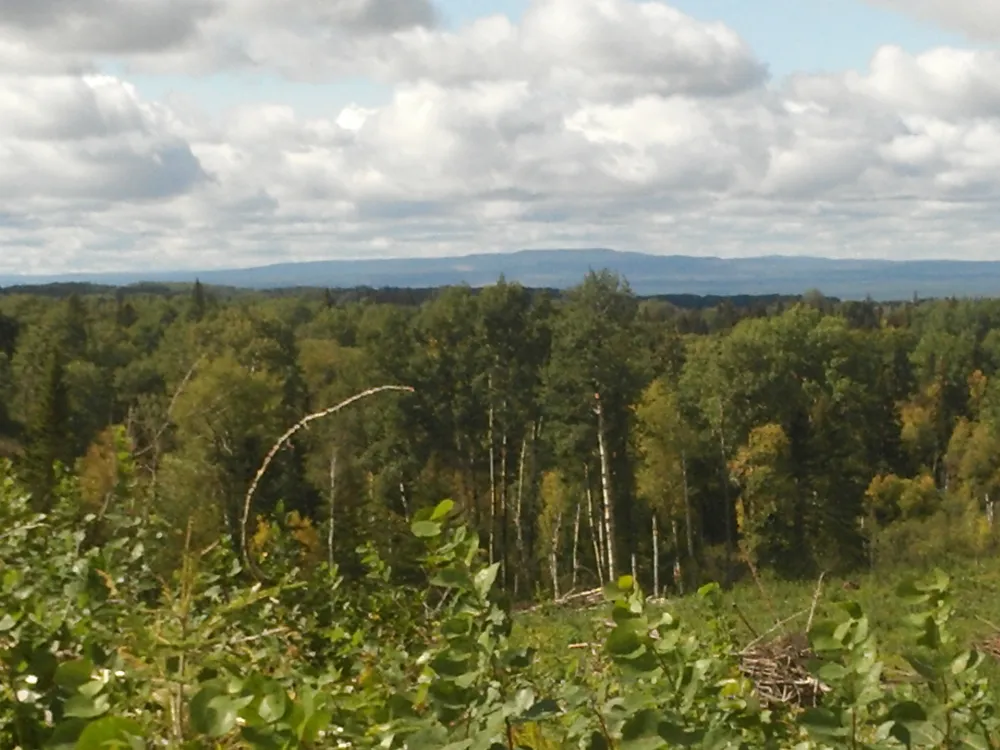
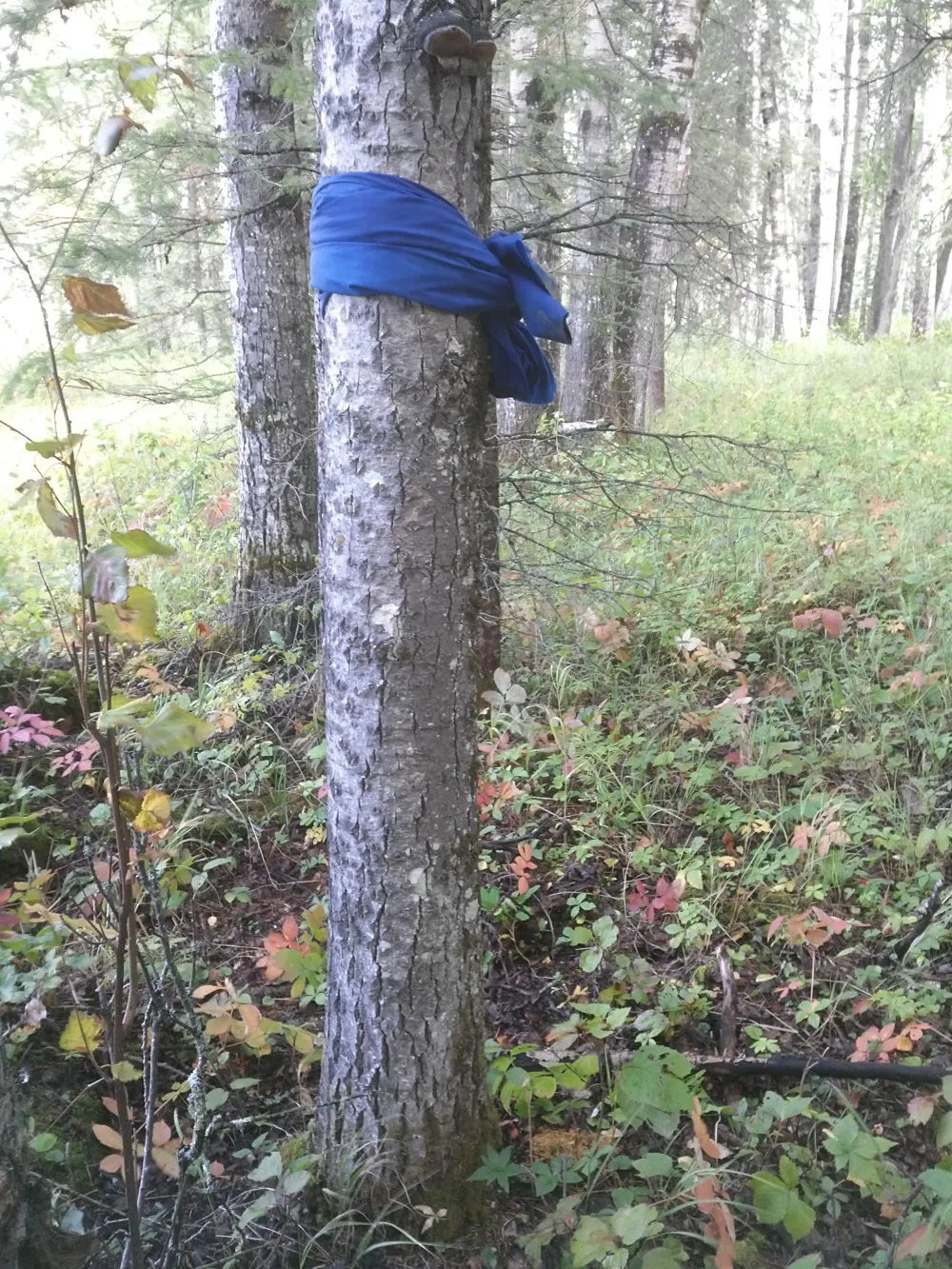
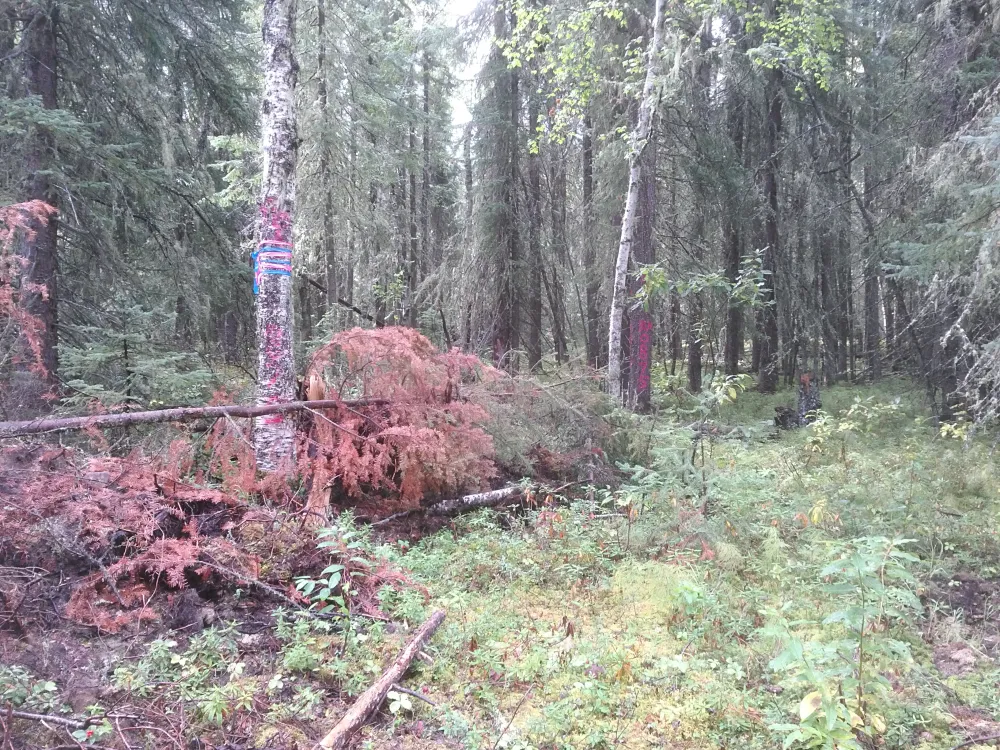
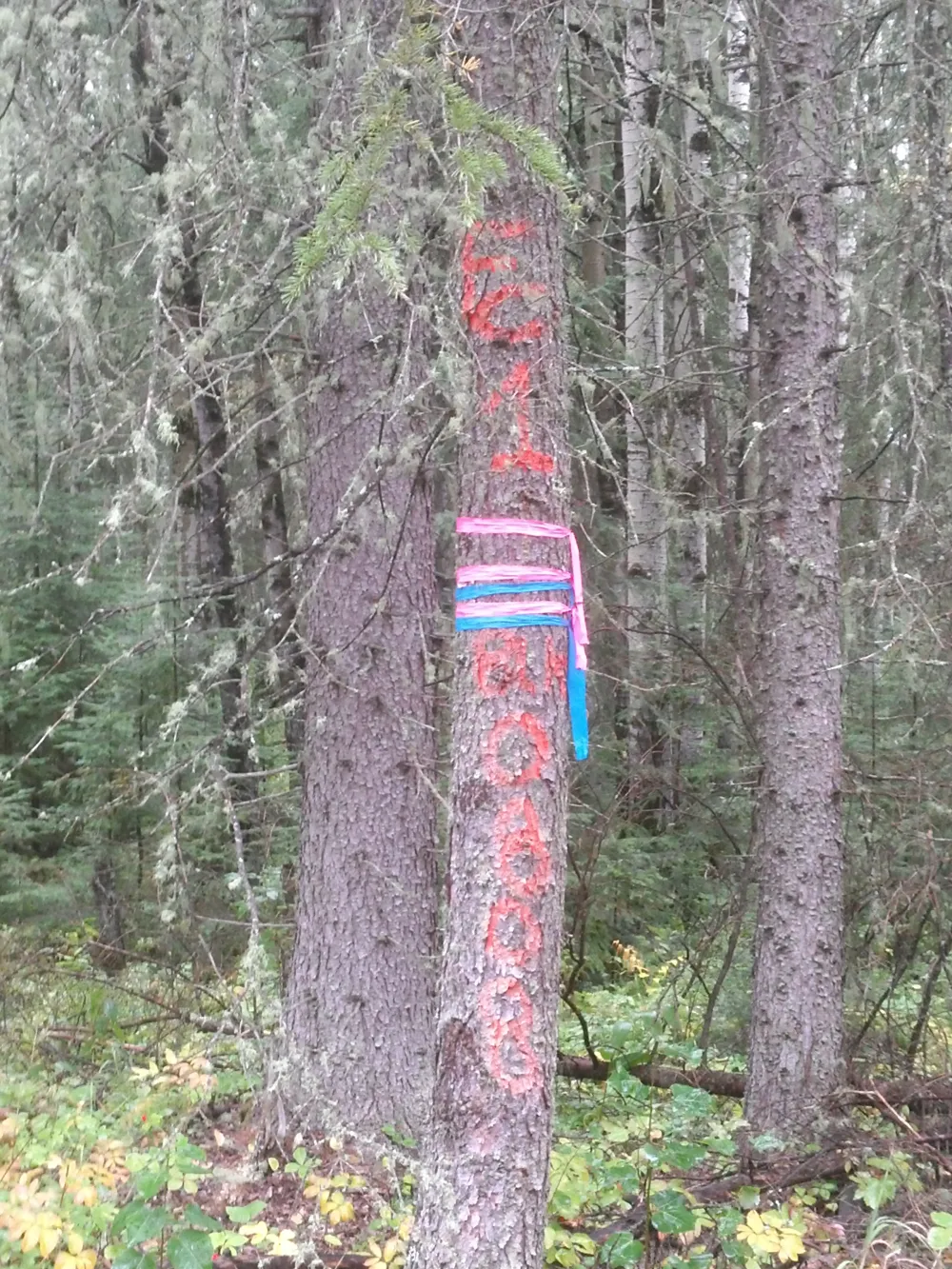
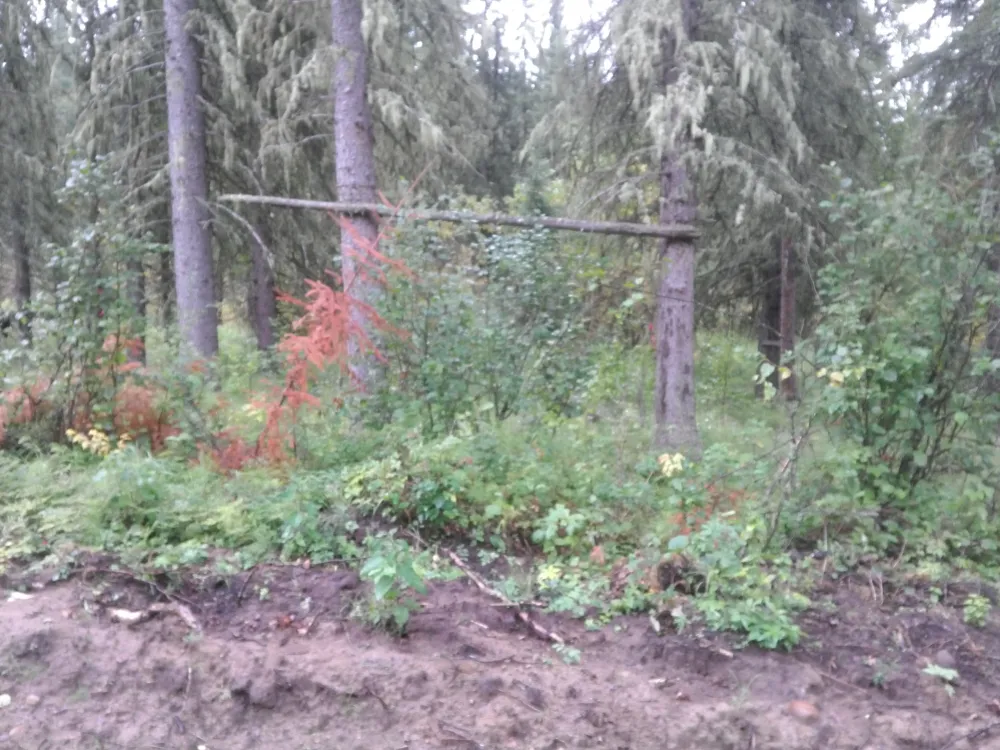
Old Camp
Site
